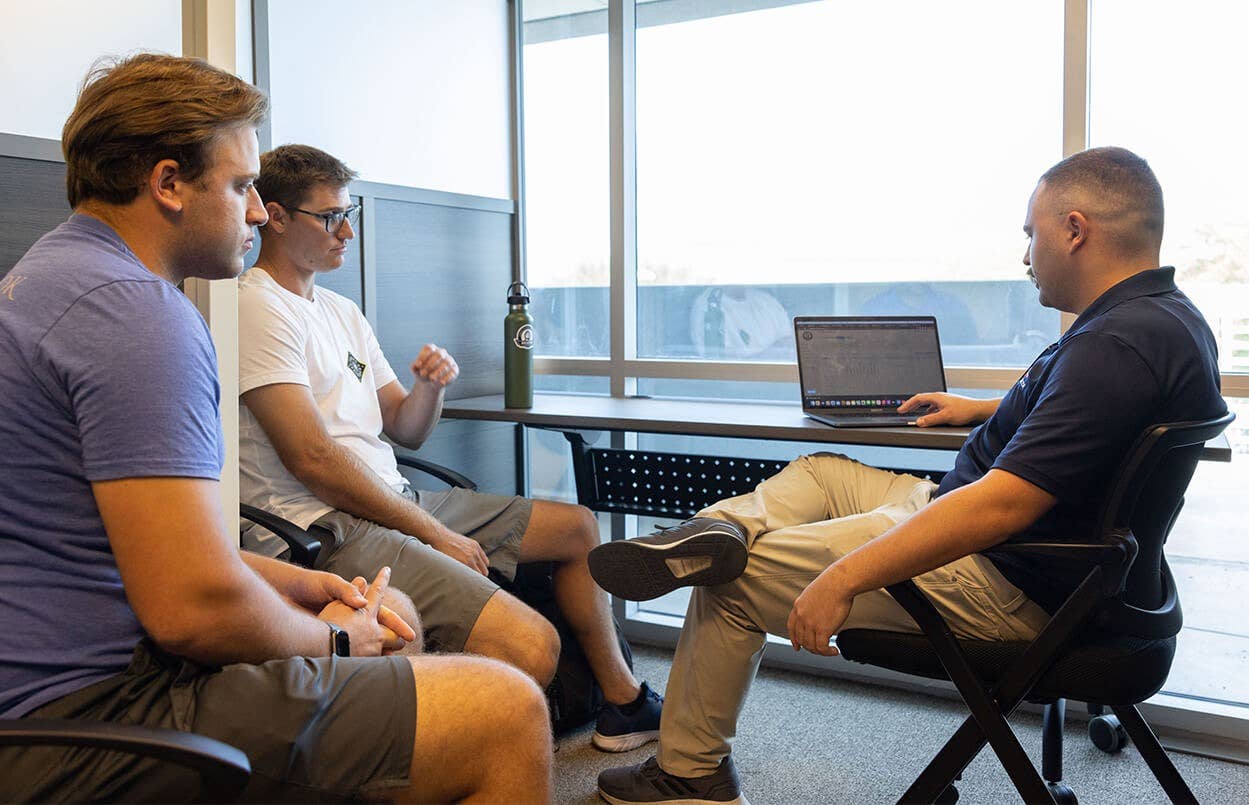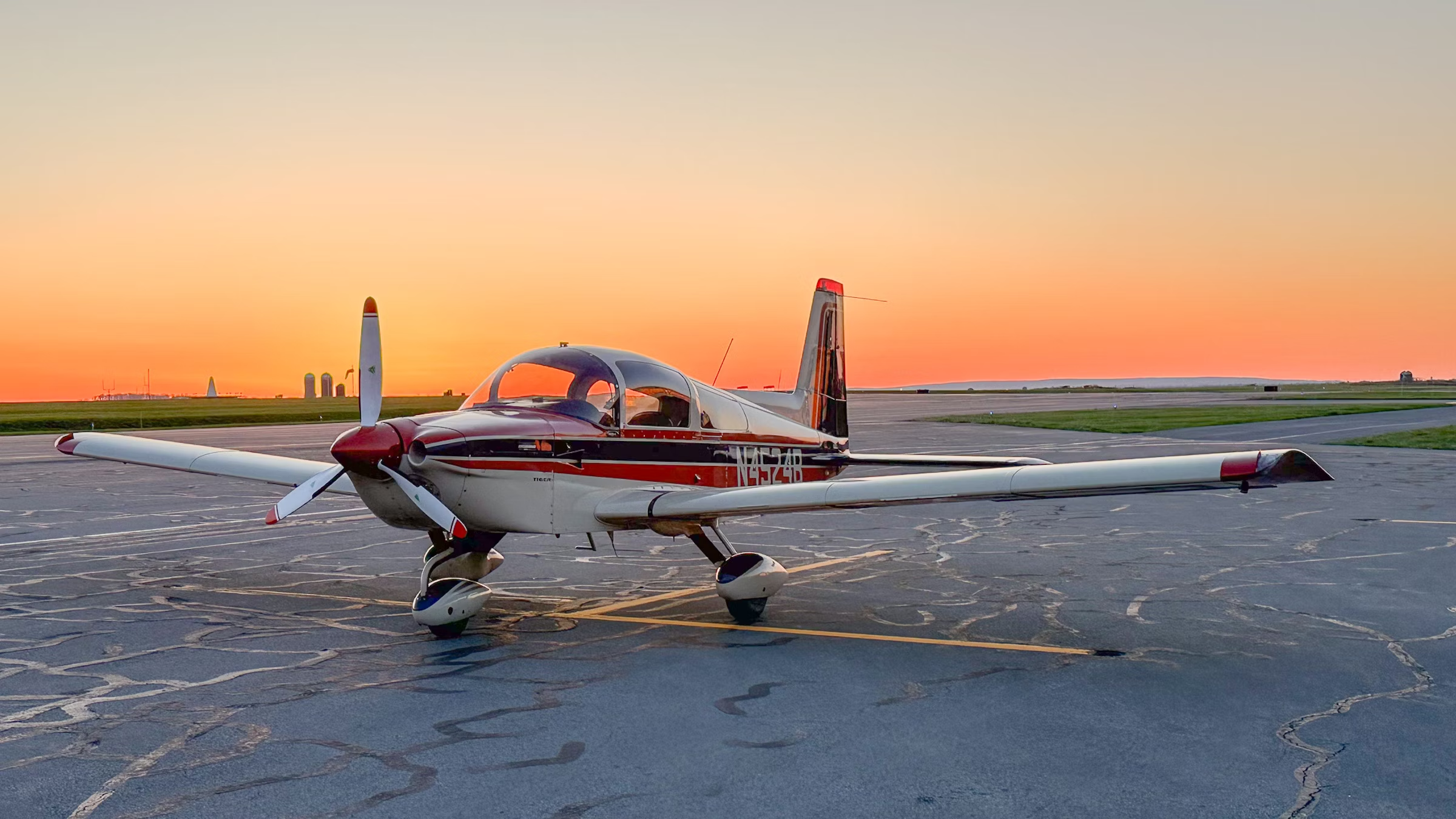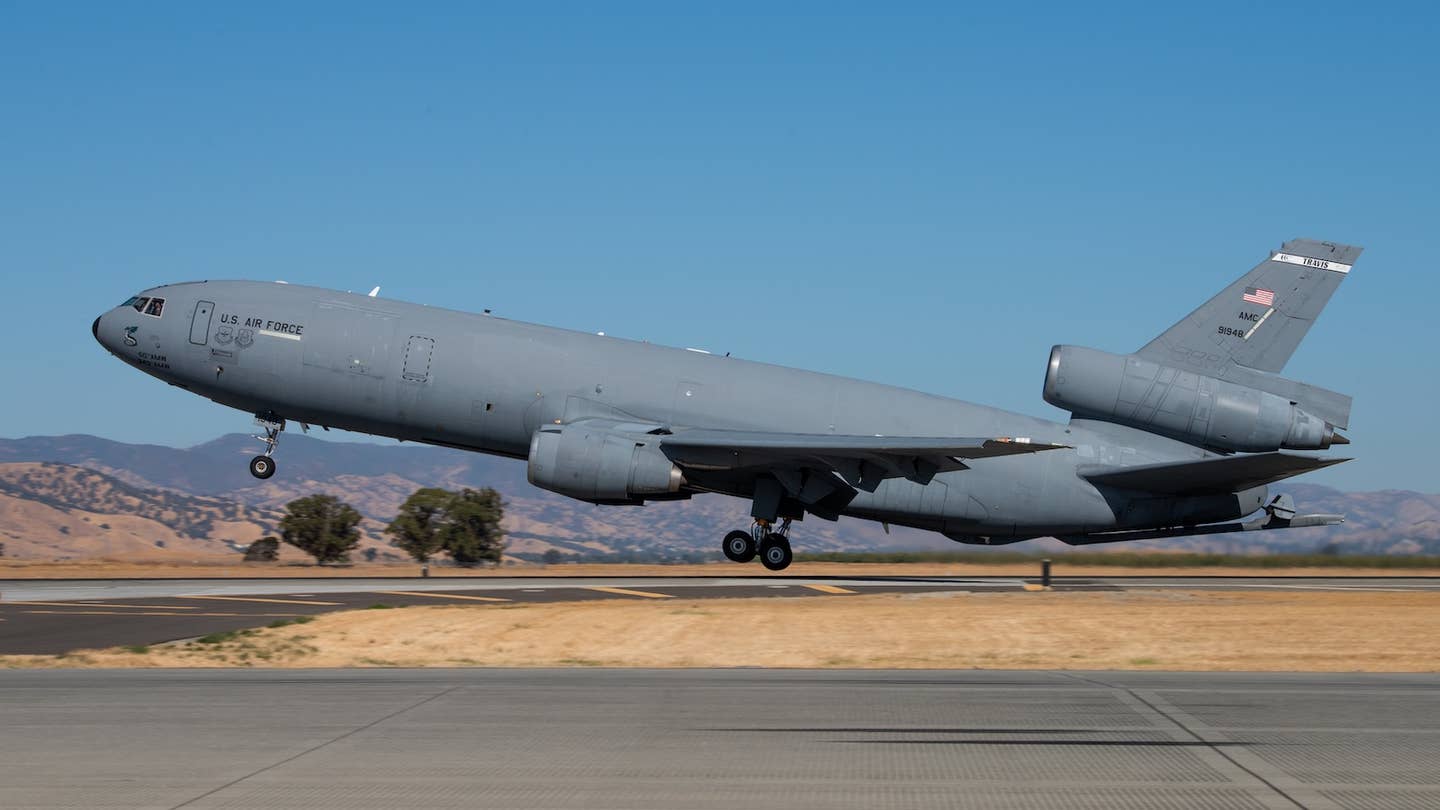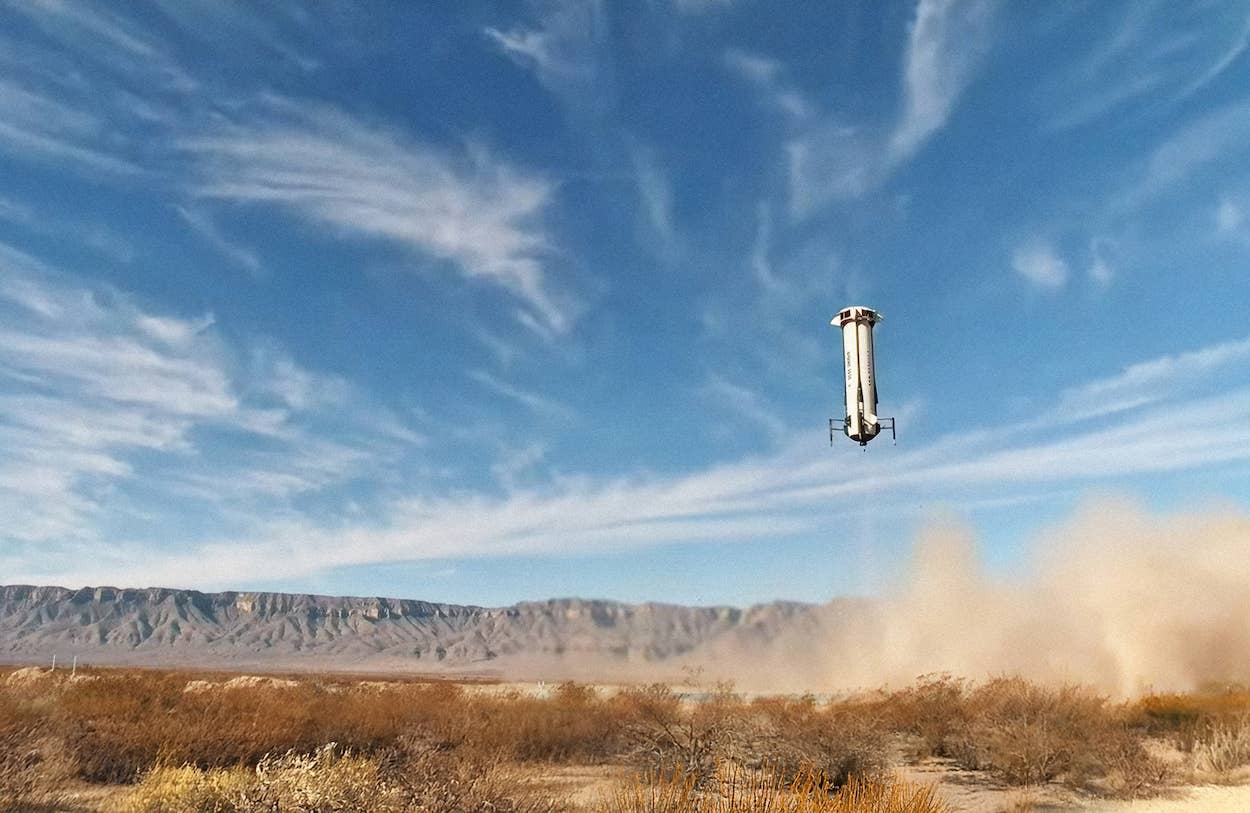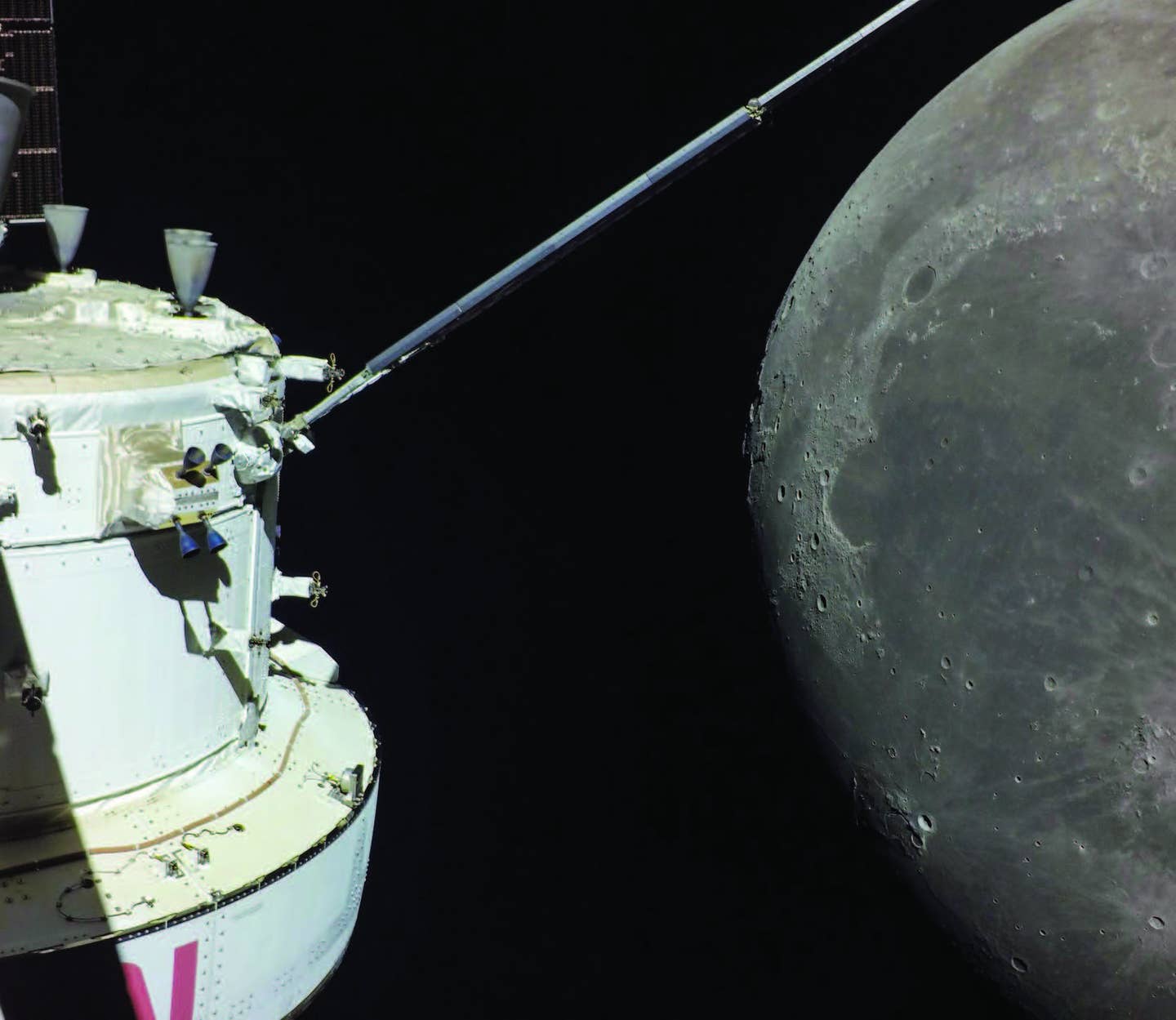Electric Regional Aircraft Developer Lands Battery Manufacturing Hub
Manufacturer Vaeridion is designing a zero-emission regional aircraft for up to nine passengers, with trips spanning up to about 300 sm.

Bavarian State Government Minister Florian Herrmann (second from left) and Holzkirchen Mayor Christoph Shmid (right) joined Vaeridion executives at the opening of the company’s battery manufacturing lab in Holzkirchen, Germany. [Courtesy: Vaeridion]
A German developer of a zero-emission, battery-electric regional aircraft for up to nine passengers has identified the site that will house the heart of its manufacturing operation.
Munich-based manufacturer Vaeridion on Saturday opened its electric battery development lab at the Bosch Collaboration Campus in Holzkirchen, Germany. The site, located in the Munich suburbs, grants Vaeridion access to hardware and services from Bosch General Aviation Technology—the GA arm of the multinational engineering firm—and ITK Engineering, which Bosch acquired in 2016.
Vaeridion will use the campus to develop powertrains, battery models, and cybersecurity compliance for its digital systems, as well as test and integrate its proprietary high-voltage batteries for its flagship Microliner. The facility will run the gamut of battery manufacturing steps, from individual cells to fully integrated modules.
In addition to Vaeridion co-founders Ivor van Dartel and Sebastian Seemann, the opening of the center was attended by Bavarian State Government Minister Florian Herrmann and Holzkirchen Mayor Christoph Shmid.
“Bavaria is proud of its vibrant startup scene, which benefits from the excellent ecosystem of science, research and technology-passionate policies,” said Herrmann. “Sustainable e-mobility is a future topic with a global market—the development of a battery-powered microliner is therefore a brilliant idea.”
According to a 2018 study, more than 80 percent of Germany’s population lives within 20 kilometers of a regional airfield. Vaeridion’s flagship Microliner is designed to connect those sites and provide a new option for underserved regions, saving customers multiple hours per trip, the company claims. It can also take off and land at large commercial airports.
The aircraft’s glider-inspired wing features a high aspect ratio, minimizing drag in cruise and producing a high glide ratio. The batteries, which can be charged in about 45 minutes, are integrated there rather than in the fuselage to optimize the aircraft’s weight and travel distance, Vaeridion says. The manufacturer claims its design flies with the lowest energy consumption for an aircraft seating up to nine passengers plus crew for distances up to 500 km (310 miles).
Working with Aircraft Design Certification GmbH, which owns design organization approval (DOA) from the European Union Aviation Safety Agency (EASA), Vaeridion hopes to certify the model as a GA aircraft before 2030.
By that year, the manufacturer intends to introduce the Microliner on commercial routes in Denmark in partnership with Copenhagen AirTaxi and Copenhagen Helicopter, both based out of Roskilde Airport (EKRK) in Copenhagen. The companies believe the design will be part of a digital platform that allows customers to plan, book, and pay for flights in one place.
“The new green aircraft type requires significantly shorter takeoff and landing distances than traditional aircraft, which allows the use of smaller airfields that are no longer utilized for commercial routes,” said Martin Winther Andersen, CEO of Copenhagen Helicopter. “These routes were abandoned as aircraft types gradually became larger. The Microliner can change that, allowing us to create a dense network of domestic routes again.”
In addition, Belgium and Netherlands-based operator ASL Group plans to utilize the aircraft for short-haul business routes. Aero-Dienst, the operation and maintenance provider for European automobile association ADAC’s fleet of ambulance helicopters, intends to deploy it for aircraft maintenance and air ambulance services.
Like this story? We think you'll also like the Future of FLYING newsletter sent every Thursday afternoon. Sign up now.

Sign-up for newsletters & special offers!
Get the latest FLYING stories & special offers delivered directly to your inbox

